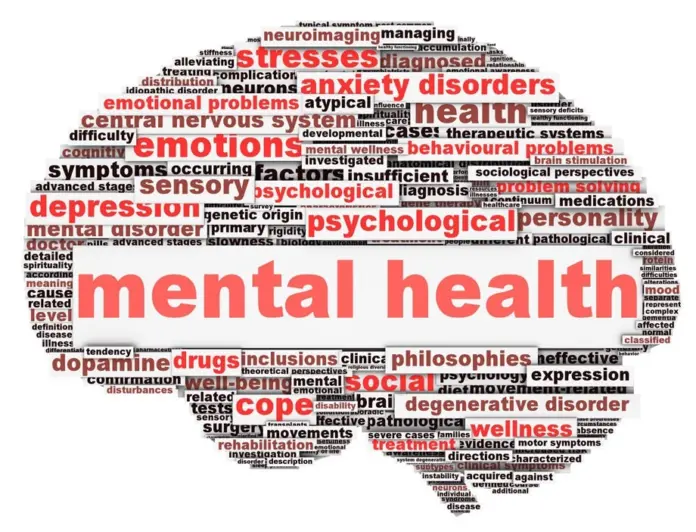By: Syed Duha and Mehak Fayaz
The coronavirus pandemic didn’t end when lockdowns were lifted or when the masks came off. Its most enduring symptom wasn’t only physical—it was psychological. While ventilators were removed and hospitals fell silent, something more invisible and persistent took root. It didn’t scream—it dulled everything: memory, attention, emotion, and will—quietly reshaping how people, especially the young, think, feel, and function. This was brain fog.
Abdul Rashid, a carpenter from Saida Kadal, once cut wood with instinct. Now, he stares at his tools, measuring twice and still uncertain. “I thought it was just the age,” he said. His son, sixteen, confessed that he can’t hold a full conversation without losing his train of thought. “Words come, then vanish midway,” he murmured. What they’re experiencing isn’t rare.
A 2024 study published in Clinical Neurology and Neurosurgery reported that over 20% of long COVID patients suffer cognitive symptoms such as forgetfulness, confusion, and mental exhaustion. An Indian study published in IJIAPP confirmed that 26.4% of recovered patients struggled with similar cognitive issues.
These figures however don’t exist in isolation—they are magnified by the region’s long-standing challenges: disconnection, disrupted access to services, and prolonged uncertainty. Just before the pandemic, the valley had already experienced a major interruption in communication and public life. The collective psyche was stretched thin even before the virus arrived. The result wasn’t just a health emergency—it was a psychological overload for students, the impact was especially severe.
A 2021 UNICEF study found that 64% of schoolchildren in Jammu and Kashmir lacked access to online learning. Education, already weakened by repeated disruptions, was now suspended in both structure and spirit. Without classroom interaction, peer bonding, or outdoor play, cognitive development visibly slowed. Teenagers interviewed by local NGOs admitted they struggled to hold conversations, sustain attention, or feel emotionally present.
A 22-year-old woman from Baramulla shared that, “COVID left me with a lingering impact that’s made daily life a challenge. Simple tasks feel like climbing a mountain, and remembering things is a constant struggle. But I’m determined to push through and find my way back to clarity.”
The implications of the fog didn’t stop at school gates or clinic doors. With local industries shut for months, The Kashmir Chamber of Commerce recorded over ₹17,000 crore in losses that hit the region’s economy. When cognitive exhaustion echoes across generations, it’s not personal—it’s structural. A 2023 report by the Kashmir Chamber of Commerce and Industry (KCCI) noted that over 25% of small businesses in sectors like handicrafts, tourism, and retail either permanently shut down or downsized due to pandemic and where mental emptiness grows, dangerous coping mechanisms often follow. IMHANS reported a 23% rise in drug-related cases during and after the pandemic. Many weren’t chasing highs—they were escaping a fog too thick, too endless.
In a region with only one psychiatrist for every 1.8 lakh people, such symptoms often go undiagnosed, unspoken, and misunderstood. What Kashmir needs now is a comprehensive mental health response. This response must be accessible, affordable, and rooted in community understanding. District-level wellness centers staffed with trained counselors and psychologists can provide early intervention.
Schools must incorporate mental health check-ins and emotional support alongside academics. Training community workers, teachers, and volunteers to spot early signs of distress will expand the safety net. When a child forgets frequently or withdraws, patience and listening is vital. Shaming or frustrations only push the child further into silence and emotional distance. Instead, quiet understanding can bridge that gap and nurture resilience.
The writers are pursuing Masters from department of Political Science, University of Kashmir. [email protected]








